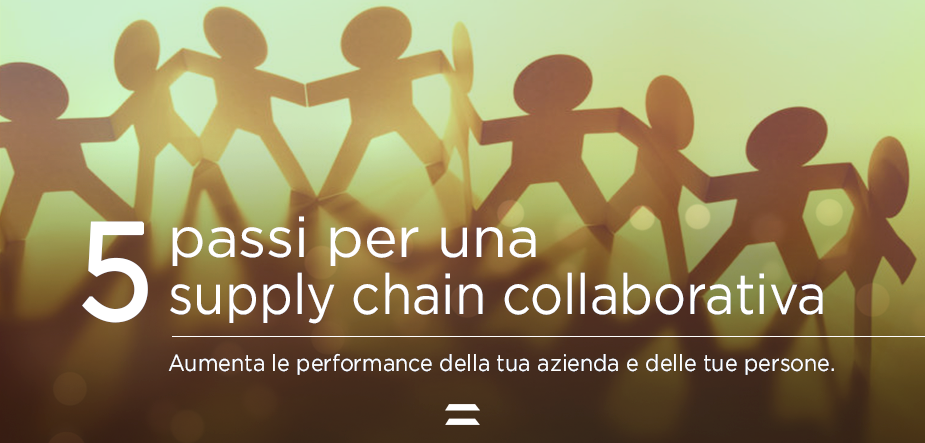Communication is a fundamental aspect for companies, both internally and externally, and too often we forget this crucial aspect that is the basis of collaboration. Today there are tools that allow companies to create, increase and improve the communication of their supply chains.
Even today within many companies there are difficulties in communicating and sharing information and objectives between different departments, departments and offices that are isolated in silos. At the same time, in many cases companies find it difficult to communicate with the actors in their supply chain, both upstream with their suppliers and downstream with their customers.
Why increase collaboration in your supply chain
Winning supply chains have numerous traits in common, one of which is particularly relevant: companies that understand how to motivate collaboration, increase internal communication and understand how to manage relationships with suppliers have different benefits compared to companies that do not, such as increasing mutual accountability and operational efficiency.
This collaboration is therefore divided between that which takes place within the company and that which takes place outside it:
Collaboration within the company
How many times have you experienced difficulties in achieving a goal due to other departments within the company? How many times have these difficulties been caused by a lack of shared information? In a world that looks at Industry 4.0, it seems unreal that within the same company there are obstacles to sharing production plans, information, methods, objectives and databases.
Increasing communication and collaboration allows your company to achieve business objectives sooner and better, instead of having isolated departments in silos that pursue their internal objective. Sharing sales forecasts and production plans then allows departments to better understand each other’s scenarios and needs. To all this is added the fact that the sharing of information creates better communication and a better working environment, an aspect that is always confirmed as relevant.
Collaboration outside the company
Suppliers are in an exceptional position in many ways. In fact, they are a valuable resource, not only for what they produce but also for product innovation, the elimination of waste and the possibility of finding new efficiencies. However, these partners need a reason, or at least permission, to be able to actively collaborate. In many cases, in fact, upstream companies cannot indicate new opportunities for improvement to their customers precisely because there is no suitable channel to do so and in most cases they indicate that the problem is the lack of a solid IT process or infrastructure for collaboration between buyers and suppliers.
The increase in quality and quantity of information then leads to more effective and efficient production planning for the supplier, who can better manage their resources. Improved communication leads to a better customer-supplier relationship, which leads to a better working environment for both companies and a more lasting relationship.
Collaboration with the customer is also fundamental, but even here there is often room for improvement that companies do not always grasp and use appropriately. In many cases it is essential for the customer to know precisely the delivery date and in these cases the dialogue between the sales department and the production department allows to give an accurate and realistic estimate, in a short time.
5 Steps to a Collaborative Supply Chain
The complexity of our supply chains, influenced by sudden changes in the market and a huge amount of information and variables to be processed, poses the problem for companies to effectively manage this flow of information that is necessary to make the most appropriate business decisions.
In the following article we cover the 5 golden rules for a collaborative supply chain. Read the article by clicking HERE.

